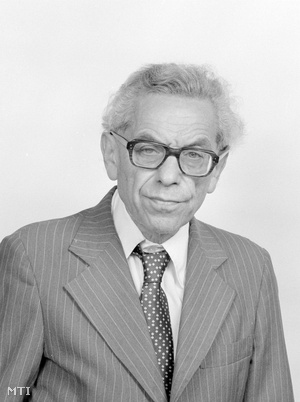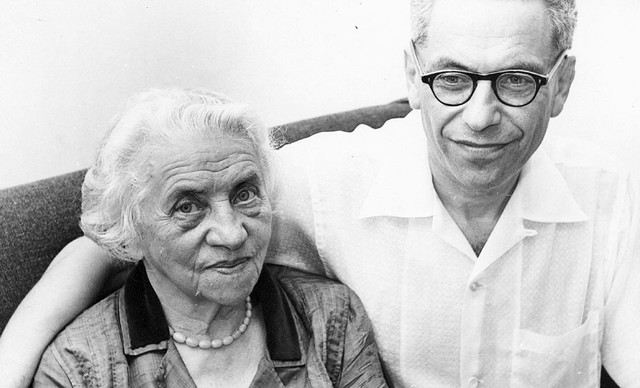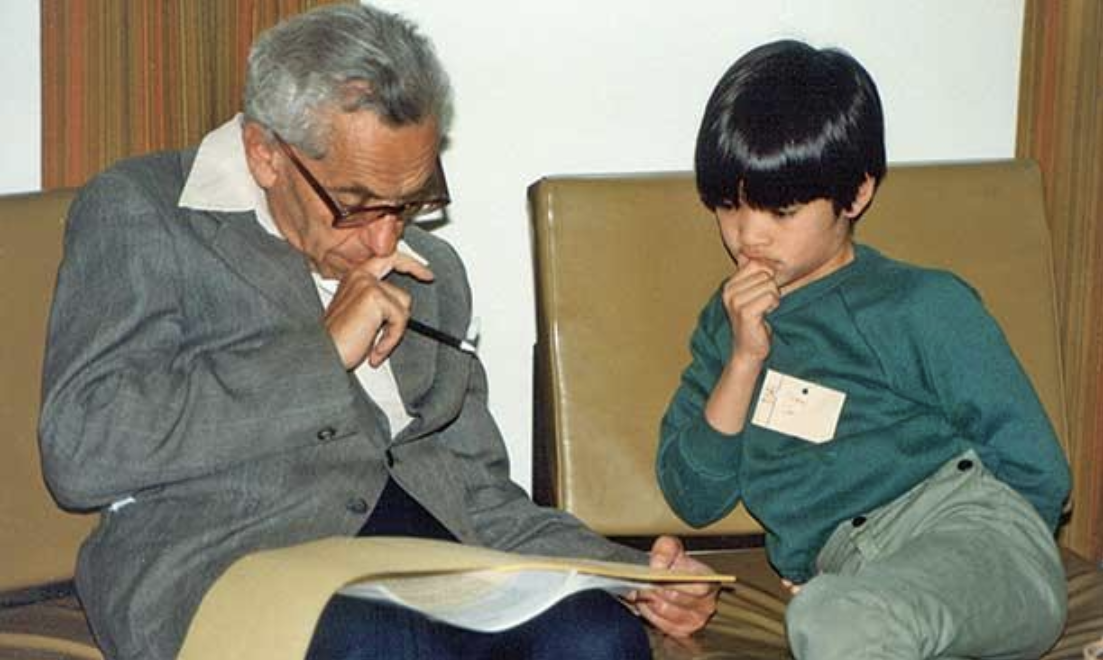 Erdős Center was established in 2021 in Budapest, Hungary by the
Erdős Center was established in 2021 in Budapest, Hungary by the
Rényi Institute with the support of HUN-REN (formerly ELKH) in Budapest.
We aim to organize workshops, summer schools and conferences as well as to host visiting researchers within the framework of thematic semesters. The Center is located in Reáltanoda utca, the historic center of Budapest, just accross the Rényi Institute.
Pál Erdős

Paul (Pál) Erdős (1913-1996) was a Hungarian mathematician without a doubt, with over 1500 papers to his name, the most productive one of the 20th century as he solved a huge number of problems and proved an army of theorems, as well as he convinced others from starters to researchers to make a run at certain problems. He was well aware that in mathematics, anybody can prove a striking theorem, introduce a new method, and he was ready to work with anyone, to follow anyone in a new path of thought. He was best known for his work in number theory and combinatorics; furthermore, he also worked in probability theory and set theory. For all one knows, he is best known for his elementary proof with Selberg of the prime number theorem.

Despite having two elder sisters, after some unfortunate and devastating events in his family, he grew up as an only child to two protective, mathematician parents. “I fell in love with numbers at a young age,” Erdős later recalled. “They were my friends. I could depend on them to always be there and always behave in the same way.”
In 1930, at age 17, Erdős entered the Péter Pázmány University in Budapest, where in four years he completed his undergraduate work and earned a Ph.D. in mathematics. With the rise of anti-Semitism in Hungary, Erdős left the country in 1934 for a postdoc fellowship at the University of Manchester in England. Four years later, he went to Princeton, New Jersey for a year to work there. Starting from the 1940s his nomadic lifestyle began. First, he visited several universities in the US, later around the world, such as in Israel, Australia altogether approximately 24 countries. „My brain is open!” was a typical opening line for him when he showed up unannounced at the buildings of mathematicians.
He had a special ability to ask the right questions, and he enjoyed imposing conjectures, specially in new topics. Frequently, his conjectures made into central theorems, some generated deep results, and some are still unsolved, indeed they seem to be very hard.

Erdős considered mathematics to be a social activity: he wrote joint papers with 507 coauthors. In the mathematics community those 507 people gained the coveted distinction of having an Erdős number of 1, meaning that they wrote a paper with Erdős himself. Someone who published a paper with one of Erdős’ coauthors was said to have an Erdős number of 2, and an Erdős number of 3 meant that someone wrote a paper with someone who wrote a paper with someone who worked with Erdős.
He was elected to many of the world’s most prestigious scientific societies, including the Hungarian Academy of Science in 1956, the U.S. National Academy of Sciences in 1979, and the British Royal Society in 1989. Defying the conventional wisdom that mathematics was a young man’s game, Erdős went on proving and conjecturing until the age of 83, succumbing to a heart attack only hours after disposing of a nettlesome problem in geometry at a conference in Warsaw.
Sources:
